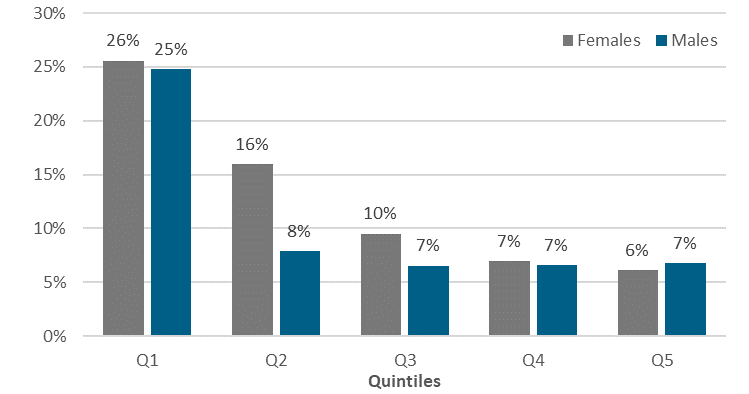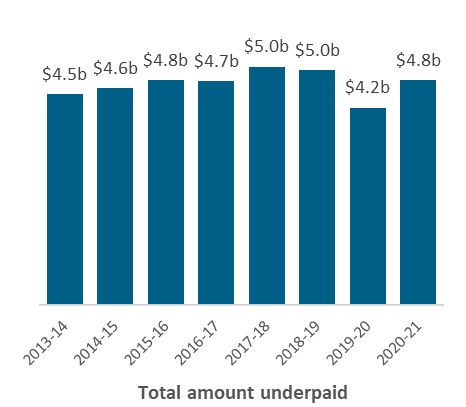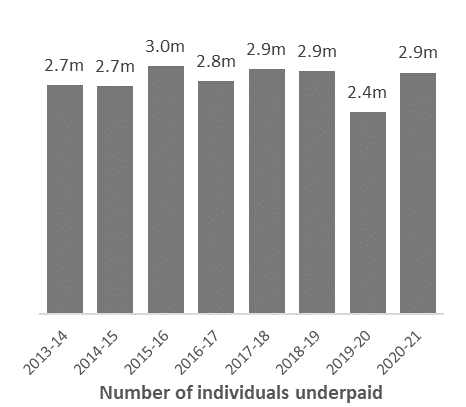The simple change to mandate paying super with wages will deliver more workers the full transformative benefits of Australia’s retirement system.
The newly formed Super Members Council (SMC) says outdated laws requiring employers to only pay super quarterly was a key reason many lower paid workers were not getting their super in full and on time.
Interim Chair of the Super Members Council Nicola Roxon said the government commitment to switch from quarterly to payday super was a step towards fulfilling super’s policy promise of a financially secure retirement for every worker.
“This is a simple change with a big positive impact for millions of Australians,” Ms Roxon said.
“With the typical retiree having a super balance of $200,000, super provides financial flexibility and peace of mind at retirement – unpaid super was putting that dream at risk for too many Australians.
“Payday super dramatically reduces unpaid super giving more Australians a dignified retirement.”
New SMC cameo modelling reveals payday super could add up to $36,000 to the retirement balance of workers in the lowest 20% of wage earners.
SMC analysis of the ATO sample file has found that on average 2.8 million people are underpaid a total of $4.7 billion super in a year. SMC’s submission to the Securing Australians Super consultation shows lower income workers and younger women are disproportionately impacted by unpaid super.
“Removing system glitches that deny workers super’s transformative benefits is a key plank of the Super Members Council’s mission to protect and promote the interests of our 10 million members,” Ms Roxon said.
“And this payday super measure is an example of what can be achieved when we put Australian workers at the heart of super policy development.”
Millions of Australians will benefit from the measure either via the reduction of unpaid super or a higher retirement balance due to more frequently paid employer super contributions attracting compound interest for longer.
“Moving to payday super modernises outdated laws, making the system fairer and more equitable for workers and employers alike,” Ms Roxon said.
“It will help ensure super is paid on time and in full, meaning Australians can have trust and confidence that the super system is working for them – not against them.”
Appendix: SMC cameo model
Table 1: Projected boost in retirement savings by wage quintile
from eliminating unpaid super and paying super more frequently
|
Females |
Males |
Persons |
|||||||
|
Wage Quintile |
Unpaid |
Frequency boost |
Combined Benefit |
Unpaid |
Frequency Boost |
Combined Benefit |
Unpaid |
Frequency boost |
Combined Benefit |
|
Q1 |
$25,500 |
$2,200 |
$27,700 |
$41,100 |
$3,300 |
$44,400 |
$33,300 |
$2,700 |
$36,100 |
|
Q2 |
$33,700 |
$4,000 |
$37,700 |
$27,200 |
$6,400 |
$33,600 |
$30,400 |
$5,200 |
$35,600 |
|
Q3 |
$29,000 |
$5,600 |
$34,600 |
$30,500 |
$8,800 |
$39,300 |
$29,800 |
$7,200 |
$37,000 |
|
Q4 |
$28,200 |
$7,600 |
$35,700 |
$41,900 |
$11,800 |
$53,700 |
$35,000 |
$9,700 |
$44,700 |
|
Q5 |
$41,600 |
$12,800 |
$54,300 |
$71,600 |
$20,000 |
$91,600 |
$56,600 |
$16,400 |
$73,000 |
Source: SMC Cameo model analysis based off ATO and Survey of Income and Housing data.
Figure 1: Projected boost in retirement savings (as a percentage of final balance)
from eliminating unpaid super and paying super more frequently
Notes: The cameo is for a male and female who commence work at age 22 and retire at 67. The female takes out of the paid workforce to care for 2 children, working part ‑time hours between the ages of 29 and 43, and working a total of 37 full‑time equivalent years over her career. The male earns some non-wage (business) income between the ages of 46 and 66, meaning he has 37 full‑time equivalent years of wage income on which SG is paid. In both cases they earn the average income of males and females in their relevant quintiles. We model the effects of unpaid super over a lifetime by calculating the median SG rate by gender, age and income quantiles of worker who are underpaid super, and multiplying the SG gap in each year by the age- and income-based probability that a worker is unpaid super. The modelling assumes a high-quality profit to‑ ‑member fund that has an after-tax, before-fee return of 7.5 per cent per annum, asset ‑based fees of 58 basis points, and an administration fee of $78 (indexed by wages). All figures are wage deflated.
Source: SMC Cameo model analysis based off ATO and Survey of Income and Housing data.
Figure 2: Total value of underpaid super (left) and number of people underpaid (right)
Source: SMC analysis of ATO 2 per cent sample file, 2013-14 to 2020-21.
Contact details:
James Dowling: 0429 437 851 [email protected]





